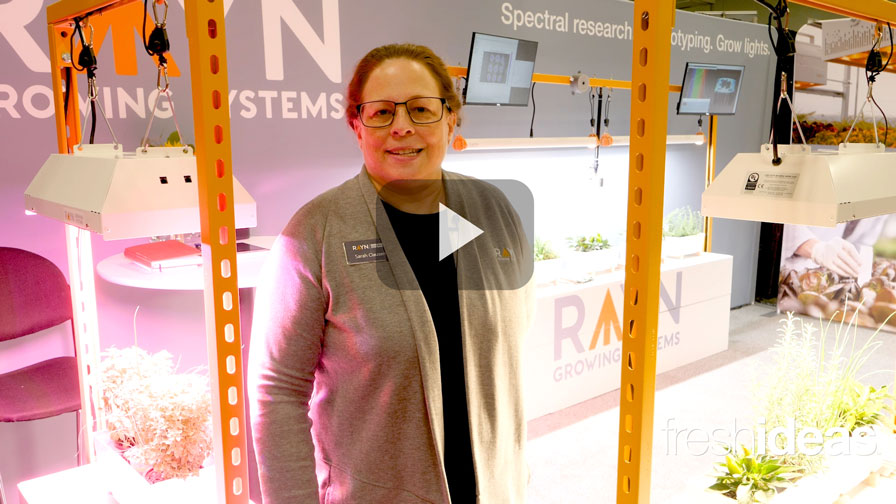Location-Specific Considerations for Greenhouse Lighting
The Plant Lighting Short Course enters its second week with a closer look at location-specific considerations for greenhouse lighting. The program takes place on October 21; click here to sign up.
Here’s an overview of what you can expect:
“How much sunlight does a location receive?” Before you can assess the potential value of supplemental lighting in your greenhouse, you need to know how much sunlight (daily light integral, DLI) is typically delivered to your specific geographical location. This requires data. Fortunately, DLI data are available through easy-to-use, online tools. This session from Clemson University’s James Faust will demonstrate how to estimate the DLI delivered to any location in the U.S., and at the end of the session, you will be able identify the typical DLIs delivered to your greenhouse location during each month of the year.
“Natural light availability in a greenhouse: transmittance and uniformity” Understanding the lighting conditions of a CEA facility can allow personnel to carry out improvement measures such as adding supplemental lighting, tuning light quality, or improving light uniformity. The glazing and overhead structure in the greenhouse as well as angle of the sun impacts transmittance and distribution of sunlight into the greenhouse. Characterizing lighting conditions in a greenhouse can be done through direct measurement, or modeling and simulation. One benefit of 3D modelling and light-simulation is the ability to give growers a big-picture view of lighting conditions. Simulations can be run across a whole year, allowing the grower to understand the real life, long-term impacts of lighting decisions. A case study from Michael Eaton at Cornell University will use light simulation as a tool to model light uniformity in a greenhouse. The case study compares the performance of an automated greenhouse light and shade control system under three scenarios given light sensor readings from different locations in the greenhouse. The final analysis shows that sensor placement is consequential for the performance of lighting control systems (which can result in underlighting or over-lighting and excess electricity use). Thus, it is important to understand the distribution of light in production greenhouses.
“Installing supplemental lighting fixtures (lighting design and specifications)” Supplemental lighting fixtures are complex, with numerous specifications and factors to consider when installing. This presentation from Trevor Burns at PL Light Systems will cover ideal voltages, brown/blackouts, wiring for HID and LED lights, current, dimming, connectors, UL, CSA, and DLC markings, and more.
“Connecting to and using local electricity grid” Utility is a resource and a partner. Learn from Joe Sullivan at Franklin Energy about implications of these interactions and processes; opportunities from utility companies, and how to size and have power on site.
Learn more about Faust’s presentation in the video below!










